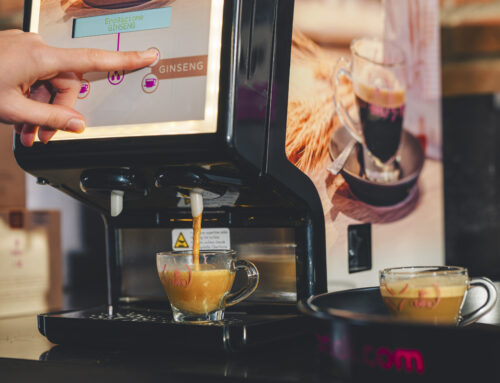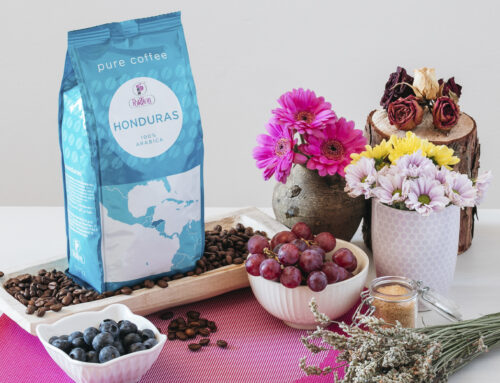Coffee is one of the world’s most popular beverages, loved by millions for its aroma and stimulating effect. However, we often settle-down for just any cup of coffee without taking into consideration the different nuances of taste and aroma that can be enjoyed. In this article, we will explore coffee tasting routes and the selection of the best blends to offer at the coffee shop and in the office, highlighting the importance of not settling.
Coffee Tasting Pathways
Coffee tasting is an experience that involves all our senses: sight, smell, taste and even touch. Several tasting routes can help us fully appreciate the complexity of this beverage.
- Visual observation: The first step in coffee tasting is visual observation of the cup. You can notice the different shades of colour, from deep black to light brown, which indicate the type of roast of the coffee. A good uniform roast is a sign of quality.
- Smell: The sense of smell plays a key role in coffee tasting. Before tasting, it is important to smell the aroma of freshly brewed coffee. You may pick up notes of cocoa, fruit, flowers or spices, depending on the variety of coffee used.
- Taste: The most anticipated moment is definitely that of tasting. By taking small sips of coffee, one can identify the different nuances of taste, such as the acidity, bitterness and body of the coffee. High-quality coffee blends offer a range of complex and balanced flavours.
- Aftertaste: Aftertaste is the smell we perceive after consuming a beverage. In the case of coffee, the aftertaste can offer new aromatic details that were not initially detected. This contributes to a greater understanding and appreciation of coffee.
Selecting the best blends to offer at the coffee shop and office
When it comes to selecting the best coffee blends to offer at the coffee shop or office, it is important to consider several factors that influence the quality and taste of the coffee.
- Origin: Coffee comes from different regions of the world, each of which offers unique characteristics. Coffee varieties from places such as Brazil, Ethiopia, or Colombia have distinct flavour profiles. Blends can be selected that offer a combination of coffees from different regions to achieve a balanced and complex taste.
- Freshness: Coffee is best when made from fresh beans. It is important to buy freshly roasted and ground coffee, avoiding long-packaged blends. In addition, it is advisable to grind coffee at the time of use to preserve its aroma and flavour.
- Roasting: The roast of coffee affects its taste and aroma. A light roast produces a more acidic coffee with a milder flavour, while a dark roast offers a more intense and bitter taste. Blends with different roasts can be selected to suit different consumer palates.
- Quality: Coffee quality depends on many factors, including plant care, bean harvest, processing, and storage. It is critical to select coffee blends from reliable, quality suppliers to ensure a superior beverage.
Coffee is more than just a beverage for most people. An experience engages the senses and can bring pleasure and satisfaction when fully appreciated. Coffee tasting tours and the selection of the best blends to offer at the coffee shop and in the office invite us to raise the level of our expectations and not settle-down for a mediocre cup of coffee.
Exploring the different nuances of taste and aroma that coffee can offer enriches our experience and makes us discover a world of subtle pleasures that would otherwise go unnoticed. Therefore, next time you have a chance to enjoy a cup of coffee, take the time to appreciate all its qualities and never settle-down for less.












